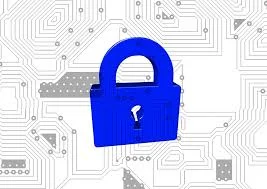Stina + Blockchain
New technologies, like blockchain and artificial intelligence, will combine to empower distributed energy resources to transform the electric grid and utility industry in North America. Blockchain technology has the ability to securely link and integrate the increasingly large and disparate datasets that utilities and energy assets are creating. AI and advanced computing techniques will allow for improved forecasting and better, faster decision making.
Featured Blockchain-Related Posts
A blockchain-based transactive market approach is a better solution for successful non-wires alternatives than the traditional bilateral and proprietary vendor solutions that are typically deployed today. This post outlines three examples that illustrate why.
Following an intro to blockchain webinar I presented to AESP, I wanted to provide a set of resources to help people get up to speed on blockchain and stay current on events and activities in the space.
Power Ledger was the first major energy blockchain company to launch with international acclaim in 2017. This is a review of their company, product, and plans.
Drift is an energy retailer in NY that made headlines with their launch in late 2017. Who are they?
In early 2017, IBM officially unveiled its "Blockchain as a Service" based on open source Hyperledger Fabric technology. Of course, they are pushing the offering to all industries, but I had the opportunity to attend a workshop focused on energy.
Should you choose a public or private blockchain for your energy blockchain application?
Peer to peer transactions get a lot of attention for energy blockchain applications but what are the most valuable applications?
Read more on Stina's blog











Grid+ had a hugely successful ICO in late 2017. Will their plan to disrupt utilities by using blockchain to give customers direct market access work?